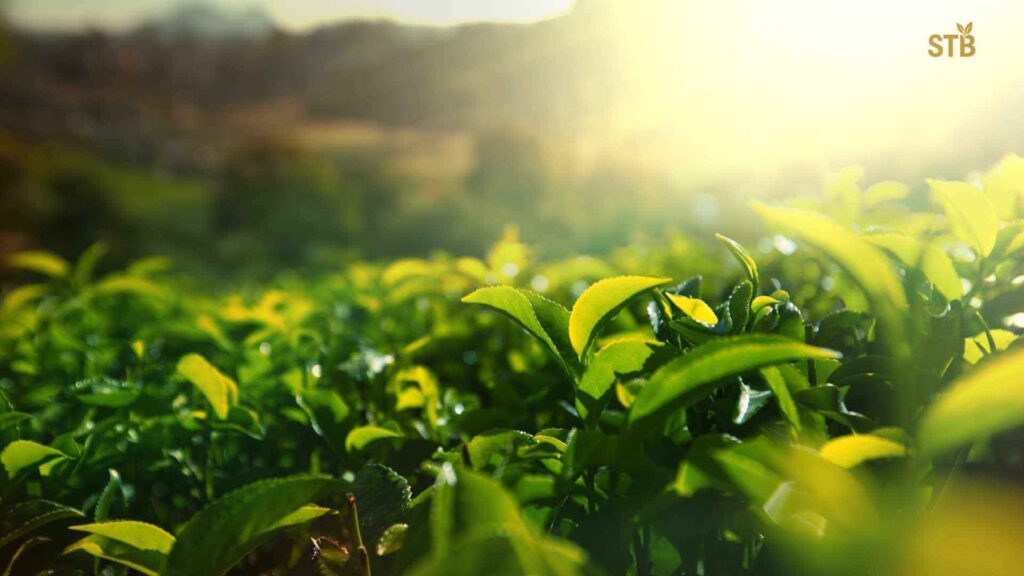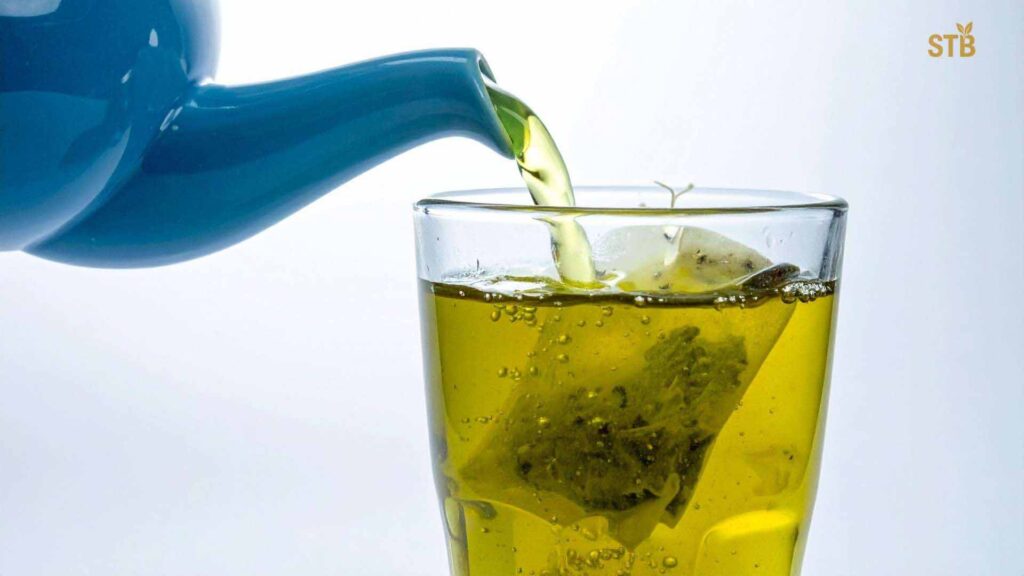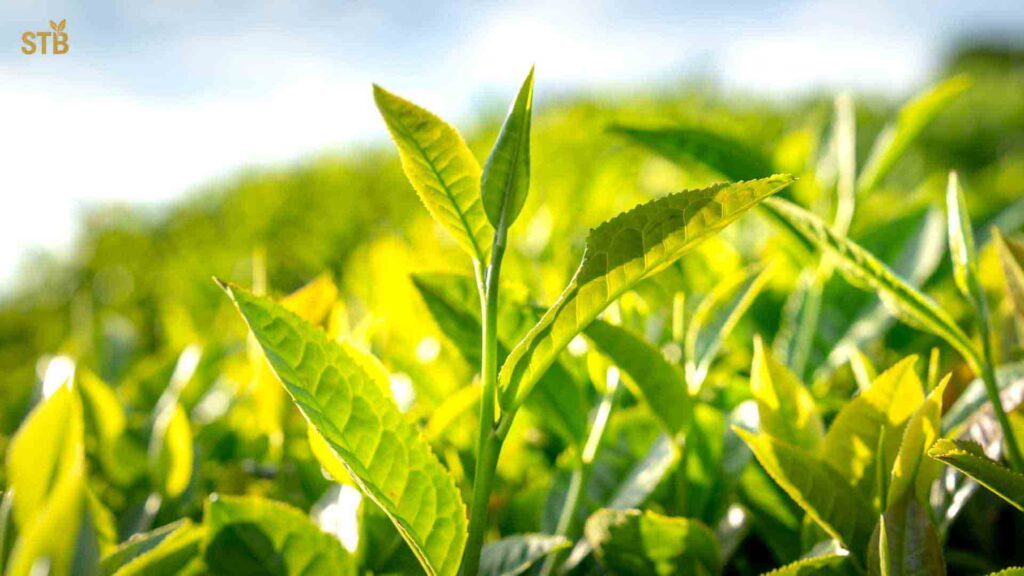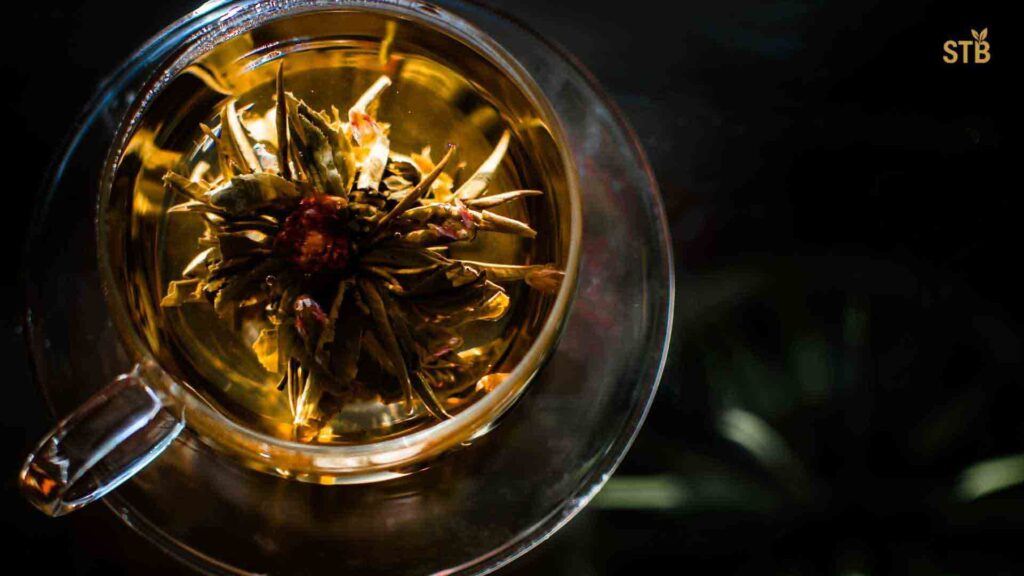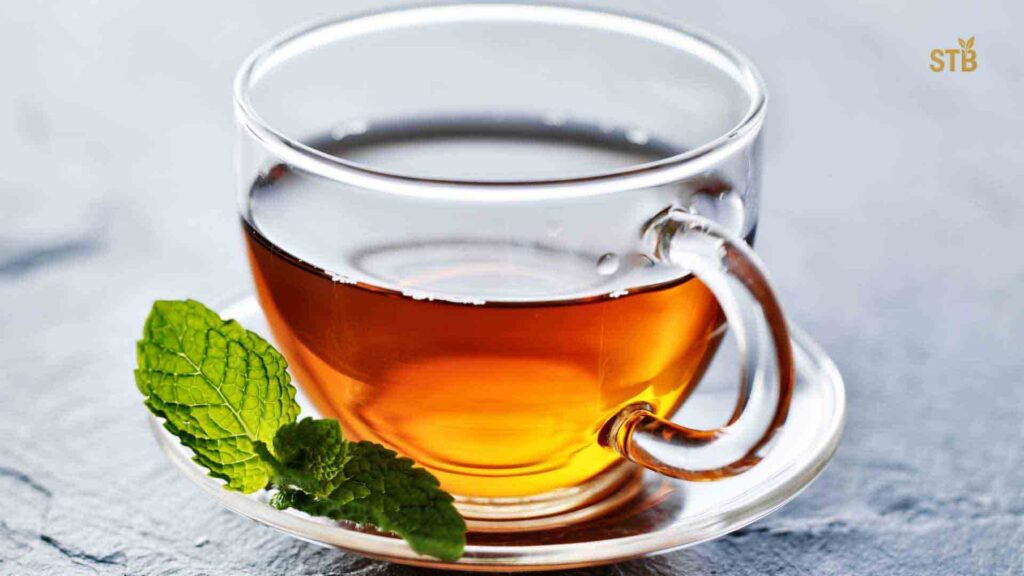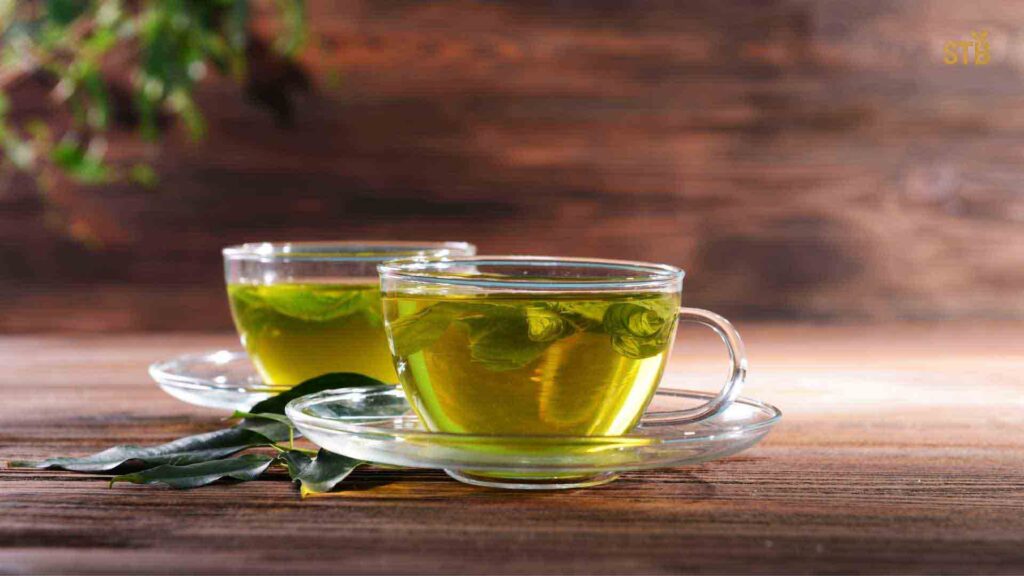Tea is one of the world’s most popular beverages, and green vs black tea is a common debate among tea lovers. Both come from the same plant (Camellia sinensis) but are processed differently. This article will compare their flavor, health benefits, and other key differences to help you decide which brew suits your taste and wellness needs.
Despite their distinct flavor profiles and processing methods, green and black tea share a surprising number of health benefits. Both are derived from the leaves of the Camellia sinensis plant and are rich in a group of antioxidants known as polyphenols, which contribute to their cardioprotective and anti-inflammatory properties.
Studies have shown that regular consumption of either tea can help lower LDL cholesterol and blood pressure, reducing the risk of heart disease and stroke.
The primary difference lies in their unique antioxidant compounds: green tea is rich in EGCG, while black tea, as a result of the oxidation process, contains beneficial polyphenols called theaflavins. Both teas also contain caffeine and L-theanine, which work together to boost brain function and promote a relaxed yet focused state.
The choice between them often comes down to a matter of preference: green tea for a milder, more vegetal taste and a calming effect, and black tea for a bolder, more robust flavor. The table below provides a clear, side-by-side comparison of their key attributes.
| Tea Type | Key Compounds/Antioxidants | Key Health Benefits | Caffeine Content |
| Green Tea | EGCG, L-theanine | Heart health, brain function, anti-inflammatory, liver protection | Lower than black tea (30-50mg per cup) |
| Black Tea | Theaflavins, L-theanine | Heart health, anti-inflammatory, brain function, anti-obesity effects | Higher than green tea (47mg per cup) |
| Spearmint Tea | Carvone | Digestive aid, improved memory, naturally caffeine-free | None |
| Rosella Tea | Anthocyanins, Flavonoids | Lower blood pressure, immune system boost, digestion, naturally caffeine-free | None |

Origins and Processing: The Big Difference
Green tea and black tea are siblings: they both originate from the camellia sinensis plant. The processing is what sets them apart. Green tea is made by heating or steaming the freshly picked leaves soon after harvest, which halts oxidation and keeps the leaves green.
In contrast, black tea leaves are rolled and fully oxidized (exposed to air), turning the leaves dark brown or black. This oxidation step is why black teas have a rich, robust flavor, while green teas stay lighter and grassy.
- Processing: Green tea leaves are steamed or pan-fired to preserve their green color and delicate compounds. Black tea leaves are bruised and oxidized until they darken and develop malty, bold flavors.
- Color and Appearance: Dry green tea leaves remain green (and brew a pale color), whereas black tea leaves turn brown/black (brewing up coppery or amber).
- Tea Varieties: Varieties overlap globally (e.g. Darjeeling or Ceylon can be green or black), but traditionally green tea is popular in East Asia, and black tea in India and Bangladesh. Each region’s terroir and processing traditions give unique notes. In Bangladesh, for example, black “cha” is usually strong, often spiced and served milky, while local green cha is “lighter and more floral”.
In short, oxidation is the key: Green tea = unoxidized (fresh, grassy); Black tea = fully oxidized (rich, malty).
Flavor Profiles: What Do They Taste Like?
The taste difference between black tea vs green tea is marked. Green teas tend to be light, smooth, and fresh, often with grassy, vegetal, or oceanic notes. Japanese greens can have a savory umami flavor, while Chinese greens may taste nutty or floral.
Black teas usually brew a deep reddish-copper liquid with a full-bodied, bold flavor. They can have notes of malt, stone fruit, honey, or spice.
- Green Tea: Light-bodied, typically served without milk. May taste grassy, vegetal, sweet, or mildly nutty. Very fresh and clean on the palate.
- Black Tea: Heavier body, often enjoyed with milk or sweeteners. Flavors range from malty and brisk (like Assam) to fruity or honey-like (like Darjeeling).
Because of these contrasts, green tea and black tea pair differently with foods. Green tea complements light, delicate dishes (e.g. seafood, salads, or fruity desserts), whereas black tea stands up to rich or sweet foods (e.g. pastries, curries, or chocolate).
In Bangladesh, bold black masala chai is often paired with spicy snacks like samosas, while a cup of jasmine green tea might be enjoyed alone or with sweets.
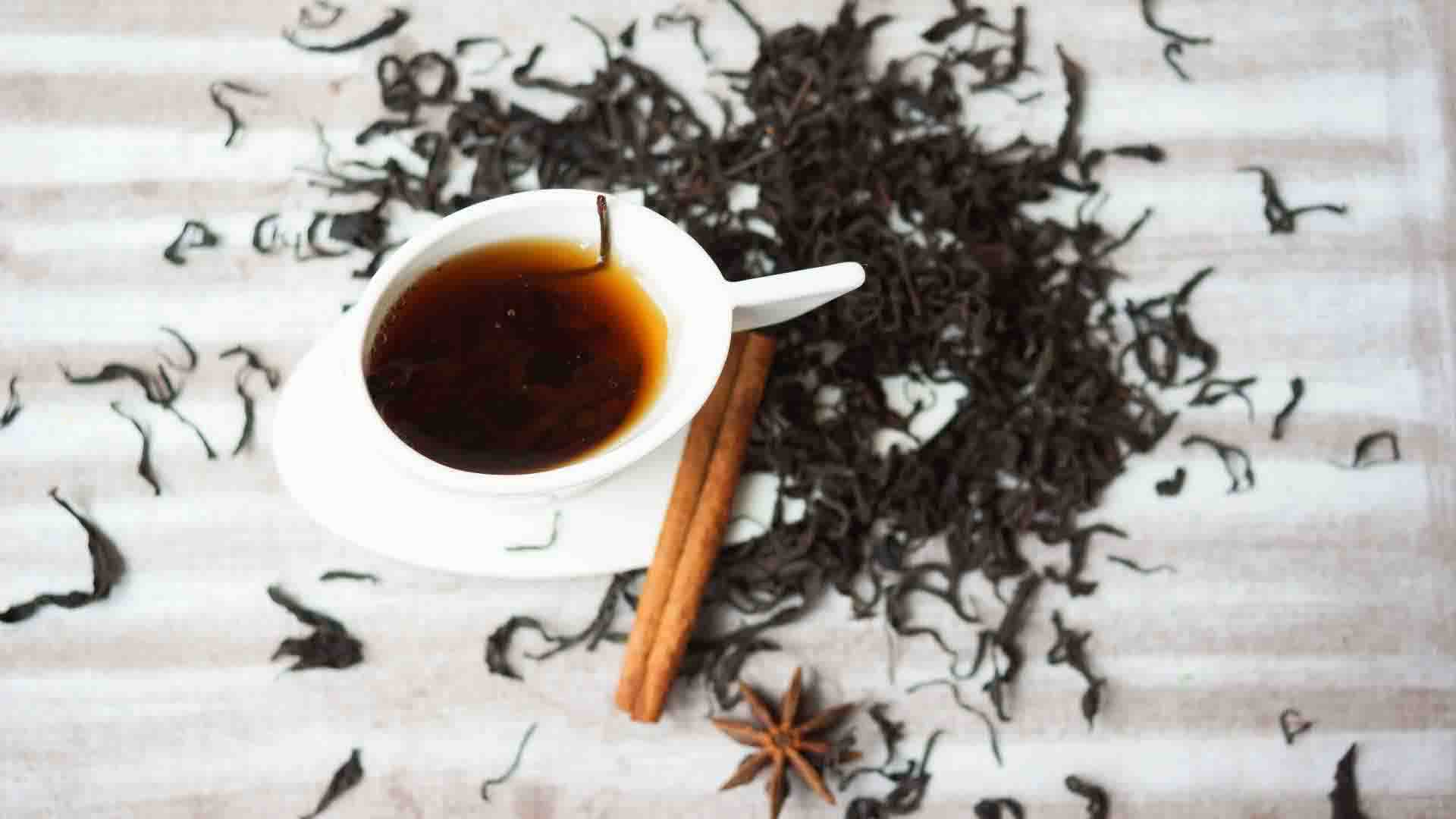
Nutritional Content and Caffeine
Both teas contain antioxidants and a modest amount of caffeine, but the levels vary. A typical 8-ounce cup of green tea has around 20–45 mg of caffeine, whereas black tea has about 40–70 mg. (For reference, coffee has roughly 95 mg per cup.) This means black tea generally gives a stronger caffeine boost – ideal for a morning pick-me-up – while green tea provides a gentler lift.
Key nutrients differ slightly due to processing: green tea retains higher amounts of certain antioxidants like EGCG (epigallocatechin gallate), a potent catechin with anti-inflammatory and metabolism-boosting effects. Black tea, due to oxidation, contains unique polyphenols called theaflavins and thearubigins, which also have health benefits (heart support, lipid-lowering effects, etc.).
- Caffeine: Green < Black (Green ~29 mg, Black ~47 mg per cup).
- L-Theanine: Both teas have L-theanine, an amino acid that promotes calm alertness. Green tea often has slightly more L-theanine than black.
- Antioxidants: All true teas (green, black, oolong) are rich in polyphenols. Green tea’s EGCG fights oxidative stress and even shows anti-cancer properties. Black tea’s theaflavins protect cells and may improve cholesterol and blood sugar. Overall, both have high antioxidant capacities, though green tea is often slightly higher.
According to research, neither tea is definitively “healthier” than the other – they offer similar benefits but via different compounds. Drinking either tea regularly can contribute to heart and brain health. For example, studies link both green and black tea with modest blood pressure and cholesterol improvements and reduced risk of stroke.
Health Benefits: Black Tea vs Green Tea
Because green and black teas share many compounds, many of their benefits overlap. Both teas can help protect heart health and boost brain function. They contain polyphenols that can lower blood pressure and support cardiovascular health. They also have caffeine and L-theanine to improve alertness, mood, and cognitive function.
Shared Benefits:
- Heart Health: Drinking 2+ cups of black or green tea daily is associated with lower heart disease risk. Both contain flavonoids that relax blood vessels and reduce inflammation.
- Brain Function: Moderate caffeine and L-theanine help increase alertness and focus without jitters. Both teas also exhibit neuroprotective effects in studies.
- Weight and Metabolism: Green tea’s EGCG is well-known for boosting metabolism and fat burning. Black tea also supports weight management via its polyphenols.
- Immunity and Antioxidants: Both teas are rich in antioxidants that strengthen the immune system and protect cells from damage.
Green Tea’s Edge: Its high EGCG content makes it especially potent for reducing inflammation and possibly lowering cancer risk. Green tea is often recommended for weight loss, blood sugar control, and calming focus.
Black Tea’s Edge: Black tea’s theaflavins and thearubigins have been linked to improved cholesterol levels, gut health, and sustained energy. Some studies suggest regular black tea drinkers have slightly lower stroke and heart disease rates. Plus, if you enjoy milk tea or need a stronger caffeine kick, black tea is the better choice.
In practice, the best tea is the one you like and will drink. As the Healthline review concludes, “One tea isn’t necessarily healthier than the other — it comes down to personal preference.”. Many tea enthusiasts rotate both types: maybe black tea in the morning for alertness, and green tea later in the day for calm energy.
Brewing Tips and When to Drink
Brewing: Proper brewing brings out each tea’s best flavor and benefits. Green tea should be steeped in cooler water (about 160–185°F) for a shorter time, usually 2–3 minutes. Using boiling water on green tea can make it bitter. Black tea is more forgiving: it brews well near boiling (around 200–212°F) for 3–5 minutes. Always adjust steeping to taste: longer steeping gives stronger, more astringent tea.
Daily Timing:
- Morning: Black tea or strong breakfast tea (e.g. Assam, English Breakfast) is popular at breakfast for a solid energy boost. Its higher caffeine helps wake you up.
- Afternoon/Evening: Green tea (or decaf black) is a good afternoon option. It has enough caffeine to sharpen focus but also L-theanine for calmness. In Bangladesh, milky masala chai (black tea with spices) is a beloved afternoon drink, while some may switch to green tea or herbal infusions in the evening for relaxation.
Additions: Green tea is generally enjoyed plain or with a slice of lemon or honey. Black tea is often paired with milk, sugar, or spices (cardamom, ginger) to create masala chai. These traditions affect flavor and health benefits (for example, adding milk may bind some antioxidants, while spices can add their own benefits). Experiment to find what you enjoy.
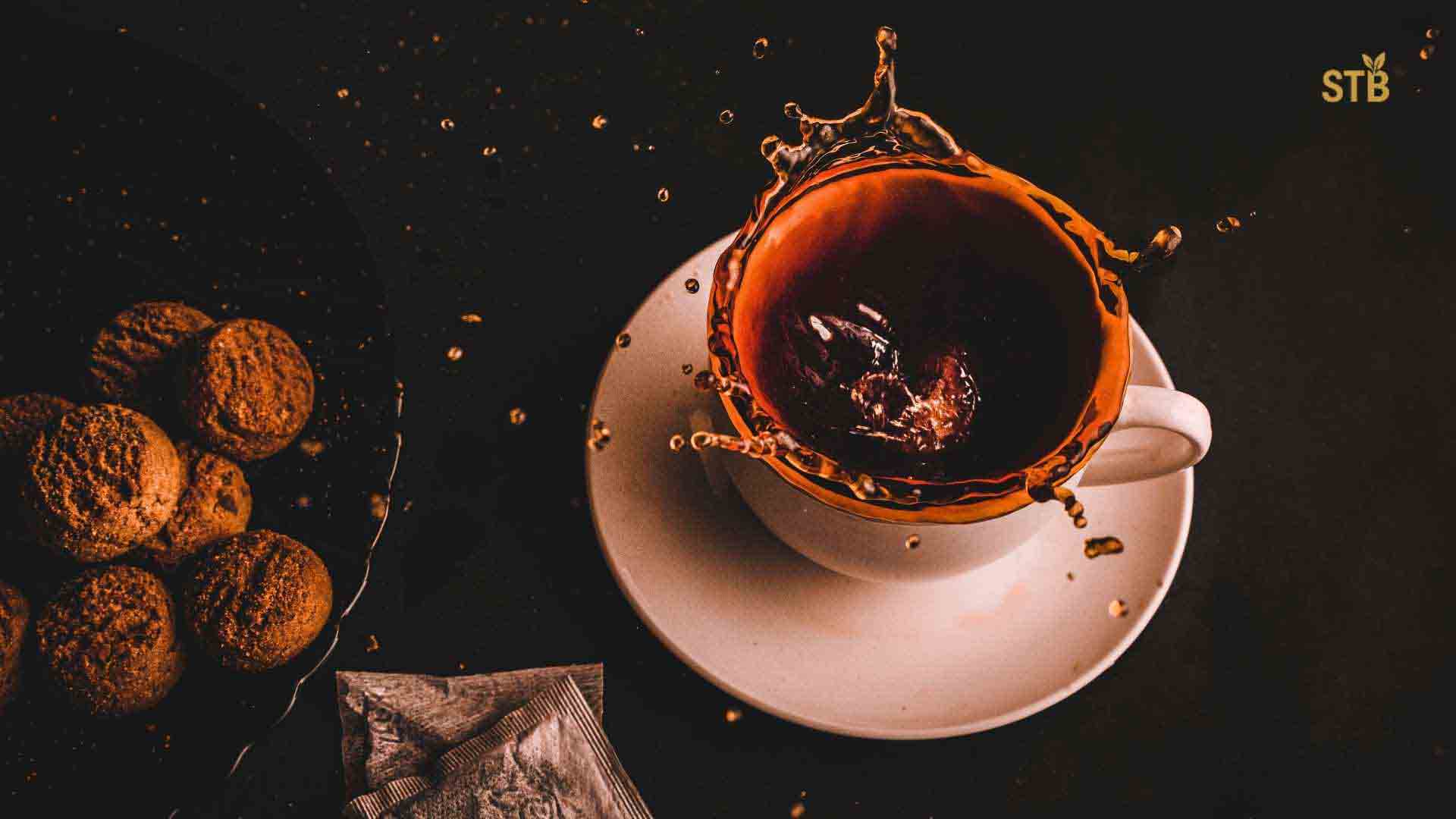
Conclusion and Takeaway
In this green vs black tea showdown, both teas win in health and taste. Green tea is prized for its delicate, grassy flavor and high EGCG, while black tea is cherished for its bold body and theaflavins. Scientifically, both offer antioxidants, heart-healthy benefits, and mental alertness.
The evidence doesn’t crown one as clearly “healthier”. Instead, enjoy them as complementary choices: use black tea for a strong kick and milk-based brews, and green tea for a soothing, clean cup. By exploring both, you get “a fountain of wellness” from each. As you savor your brew, remember the words of STB Leaf: “Each tea variety brings unique antioxidants and benefits”.
So whether you’re sipping black cha or fresh green tea, you’re boosting your health one cup at a time.
Ready to explore more? Check out STB Leaf’s premium teas and tips (e.g. their guide on tea pairings and health benefits) to enhance your tea journey.
Looking for the perfect brew? Visit our tea store to shop high-quality green and black teas. Elevate your daily ritual – your healthiest, most flavorful cup awaits!
Frequently Asked Questions (FAQs) about Green vs Black tea
What is the main difference between green tea and black tea?
They come from the same plant, but green tea leaves are quickly heated after harvest to stop oxidation, keeping them green and preserving a fresh flavor. Black tea leaves are fully oxidized, turning brown/black and developing a bolder taste.
Which is healthier: black tea or green tea?
Both teas offer similar health benefits (heart and brain support, antioxidants). Green tea has more EGCG antioxidant; black tea has unique theaflavins. No strong evidence favors one over the other overall – it depends on personal health goals and taste.
Does green tea or black tea have more caffeine?
Generally, black tea has more caffeine. An average cup of black tea contains ~40–70 mg, while green tea has ~20–45 mg. So black tea is better for a stronger energy boost.
Green tea vs black tea: which has more antioxidants?
Both are rich in antioxidants, but their types differ. Green tea is very high in catechins like EGCG, whereas black tea (being oxidized) has more theaflavins. Studies suggest green tea might have a slight edge in total antioxidant capacity.
Can green tea or black tea help with weight loss?
Green tea is often touted for metabolism and weight loss, due to EGCG enhancing fat burning. Black tea also supports weight management through its polyphenols. Drinking either (unsweetened) can help boost your metabolism over time.
How should I brew green and black tea differently?
Use cooler water and shorter steeping for green tea (about 160–185°F for 2–3 minutes) to avoid bitterness. Black tea is steeped in near-boiling water (around 200°F) for 3–5 minutes. Adjust times to taste.
Is black tea or green tea better for heart health?
Both are beneficial. Research links both teas to lower blood pressure and improved cholesterol levels. Some large studies even found lower heart disease and stroke risks with regular black or green tea consumption. In practice, drinking either daily is good for your heart.
Can I add milk to green tea like I do with black tea?
Green tea is typically enjoyed without milk to preserve its delicate flavor and maximize antioxidant intake. Adding milk to black tea (like in chai or English breakfast) is common in many cultures. If you do add milk to green tea, be aware it may slightly reduce some antioxidant absorption.
Are there any side effects of drinking green or black tea?
Generally they are safe in moderate amounts. Excessive intake (over 5–6 cups daily) might cause digestive upset or sleep issues due to caffeine. Green tea’s tannins can inhibit iron absorption if consumed with meals. People sensitive to caffeine should choose green tea (less caffeine) or limit black tea.
Which should I choose: black tea or green tea?
It depends on your goals and taste. Choose black tea if you want a strong, malty flavor or a higher caffeine lift. Choose green tea if you prefer a light, vegetal flavor and slightly calmer energy. You can also enjoy both at different times of day – many people have black tea in the morning and green tea later. Ultimately, the “best” tea is the one you enjoy and drink regularly.


